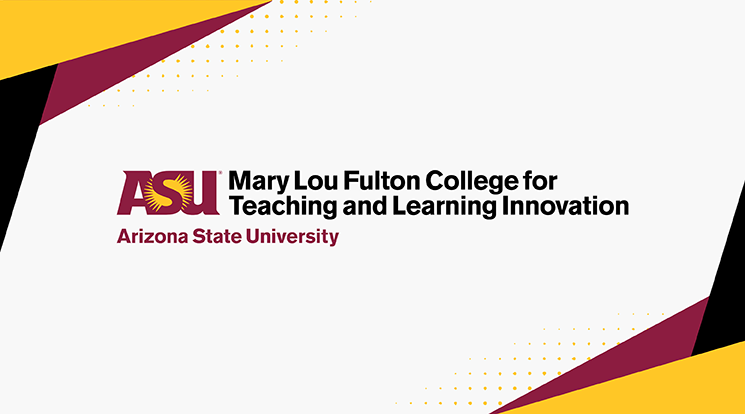Research technique helps students, faculty minimize errors

Whether or not you’re a student or faculty member doing academic research or writing, organizing and reading scholarly literature can be overwhelming. Combing through lengthy text, field notes and reviews can get cumbersome and clumsy, leaving room for errors or plagiarism.
Enter the BINS method. This research tool, inspired by the work of A. Michael Huberman and Matthew B. Miles in the ’90s, was designed as a way for researchers to facilitate the collection and analysis of qualitative, literature-based data with maximum efficiency and minimal errors, whereby any text-based data fall into a given category, or bin, can be collected, stored and analyzed for primarily scholarly pieces and products.
ASU’s Mary Lou Fulton Teachers College Professor Audrey Amrein-Beardsley constructed this version of this BINS method for any time and anywhere codifying the scholarly literature is needed or used for any research project, as simple as a basic literature review to as complicated as a dissertation, technical reports, scholarly articles, journal publications and research-based essay.
This semester, Amrein-Beardsley, along with Clinical Associate Professor Leigh Wolf and graduate student Paul Gibbs, worked with the Office of Digital Learning to design a BINS video to help others, from within and beyond MLFTC, to better understand how to use BINS in such ways. This BINS method is also being used throughout MLFTC’s Leadership and Innovation doctoral program.
“BINS are used quite a bit within and beyond the college,” says Wolf, adding, “and this video was a tremendous collaboration with the MLFTC Office of Digital Learning Team.”
Amrein-Beardsley says, “Primarily this method is used to help students — and others, including junior faculty members — better read and organize while reading the oft-overwhelming scholarly literature as they write literature reviews.” She notes that the BINS method can also be used to help whoever writes scholarly outputs in highly academic versus unsophisticated and simplistic ways.
“I have been doing and teaching this method for decades and I believe that most everyone who has learned from, and then engaged with and refined BINS for themselves has benefited from doing so,” Amrein-Beardsley says.
The video is an open, free and accessible way for anyone interested in learning about and taking advantage of the BINS method.